Captain Batt
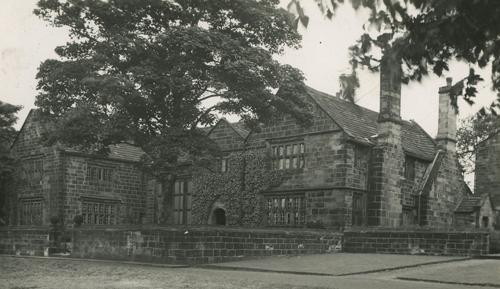
When John Batt built Oakwell Hall in 1583 it dominated the landscape and established the Batts as one of the area’s leading gentry families. Their adventurous and colourful story is fascinating. Henry and his son John. The acquisition of the manor of Oakwell, with land in Heckmondwike, Gomersal and Heaton, marked a significant rise in status for this entrepreneurial family who acquired their fortune through business interests in Halifax in previous centuries. Some notoriety characterised the earlier Batts, implicated in a plot to steal and melt down the church bell and demolish the rectory for its stones! Money to build a school was also diverted.
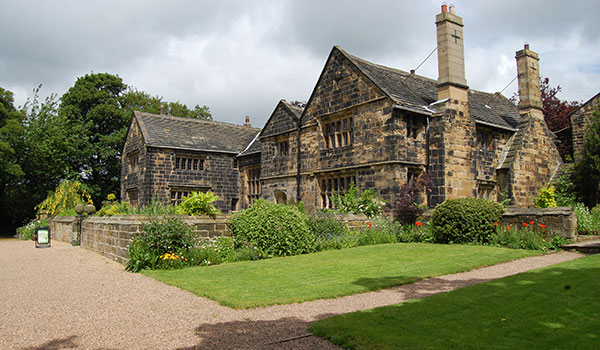
Robert Batt
John’s son, like several Batt sons attended university. A letter by Robert in 1595 has interesting snippets about life as a scholar – ‘the small pokes (smallpox) doe still continue amongst us and doe endainger many’. Robert lived in Wiltshire, leasing Oakwell to his cousins.
John Batt
Robert’s son, died 1652 pursued the life of a gentleman at Oakwell; he hunted, dined, socialised and did business with other local gentlemen. John fought as a Royalist in the Civil War. The place of John’s death is uncertain, an administration of his will states that he died ‘in parts beyond the seas’.
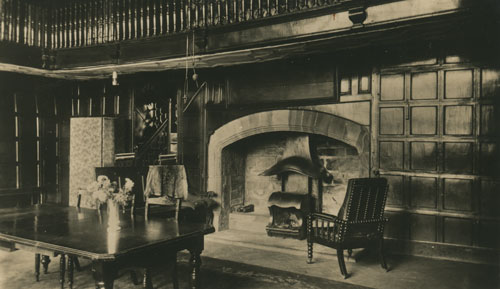
Wiliam Batt
John’s grandson, died 1684 – A violent young death and a ghostly mystery.
John Batt
William’s brother, died 1707 was a bachelor until late, when he married Henrietta Metcalf in York Minster. They had no children – when John died in 1707 the family name died with him.
In 1747 parts of the estate were sold and a new era in Oakwell’s history began. However a branch of this remarkable family thrived in America, and today family members travel to visit their ancestral home.
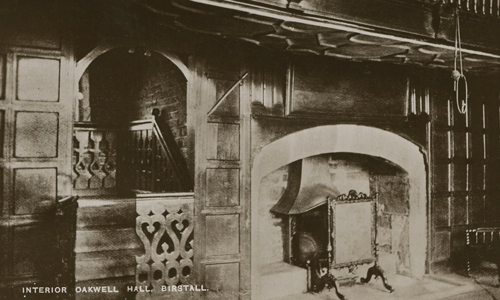
A well-known local legend is that of the ghost of Captain (William) Batt at Oakwell Hall. No lesser person than Elizabeth Gaskell wrote about it in The Life of Charlotte Brontë. She said of the Hall:
It stands in a rough-looking pasture-field, about a quarter of a mile from the high road. It is but that distance from the busy whirr of the steam-engines employed in the woollen mills of Birstall; and if you walk to it from Birstall Station about meal-time, you encounter strings of mill-hands, blue with woollen dye and cranching in hungry haste over the cinder-paths bordering the high road. Turning off from this to the right, you ascend through an old pasture-field, and enter a short by-road, called the “Bloody Lane” – a walk haunted by the ghost of a certain Captain Batt, the reprobate proprietor of an old hall close by, in the days of the Stuarts.
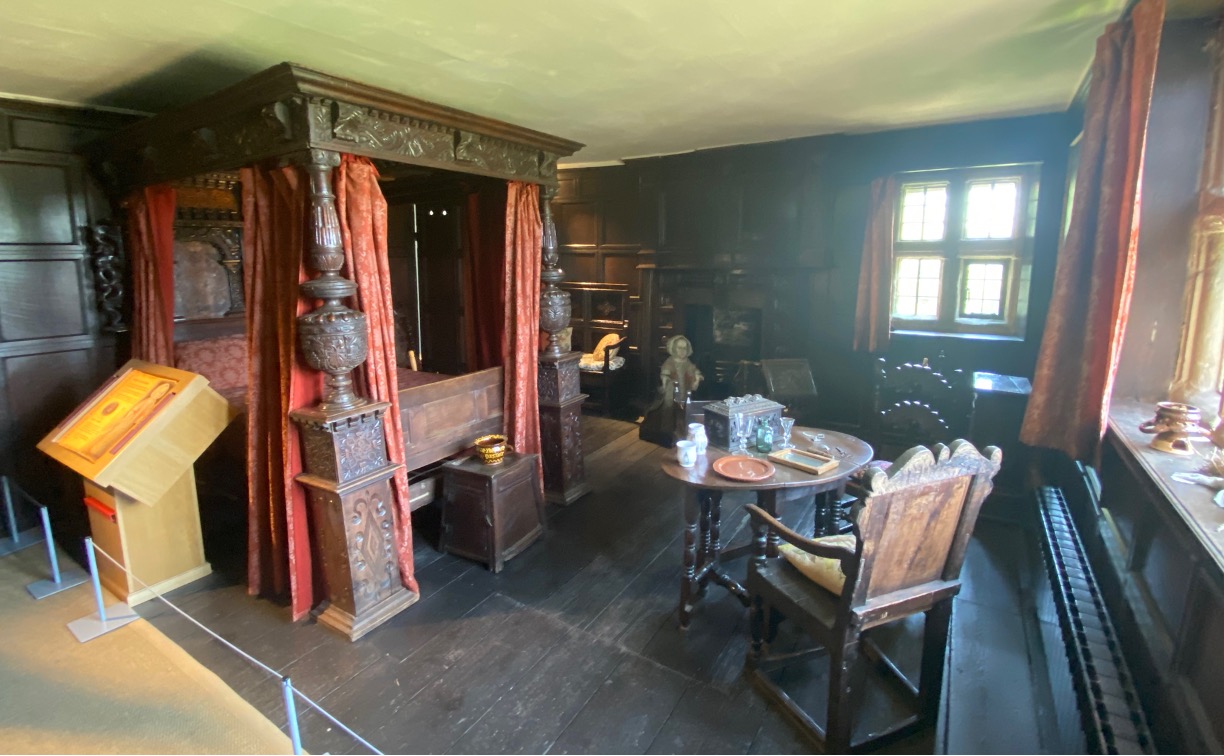
From the “Bloody Lane,” overshadowed by trees, you come into the rough-looking field in which Oakwell Hall is situated. It is known in the neighbourhood to be the place described as “Field Head,” Shirley’s residence.
“The enclosure in front, half court, half garden; the panelled hall, with the gallery opening into the bed-chambers running round; the barbarous peach-coloured drawing-room; the bright look-out through the garden-door upon the grassy lawns and terraces behind, where the soft-hued pigeons still love to coo and strut in the sun,”

Gaskell’s book goes on to describe the appearance of a bloody footprint in a bedchamber of Oakwell Hall. She reveals the story behind it, and its connection with the lane by which the Hall is approached. Captain Batt was believed to be far away; his family was at Oakwell; when in the dusk, one winter evening, he came stalking along the lane, and through the hall, and up the stairs, into his own room, where he vanished. He had been killed in a duel in London that very same afternoon of December 9th, 1684.
William Batt’s burial is recorded in the parish register of Birstall St Peter’s on 30 December 1684.
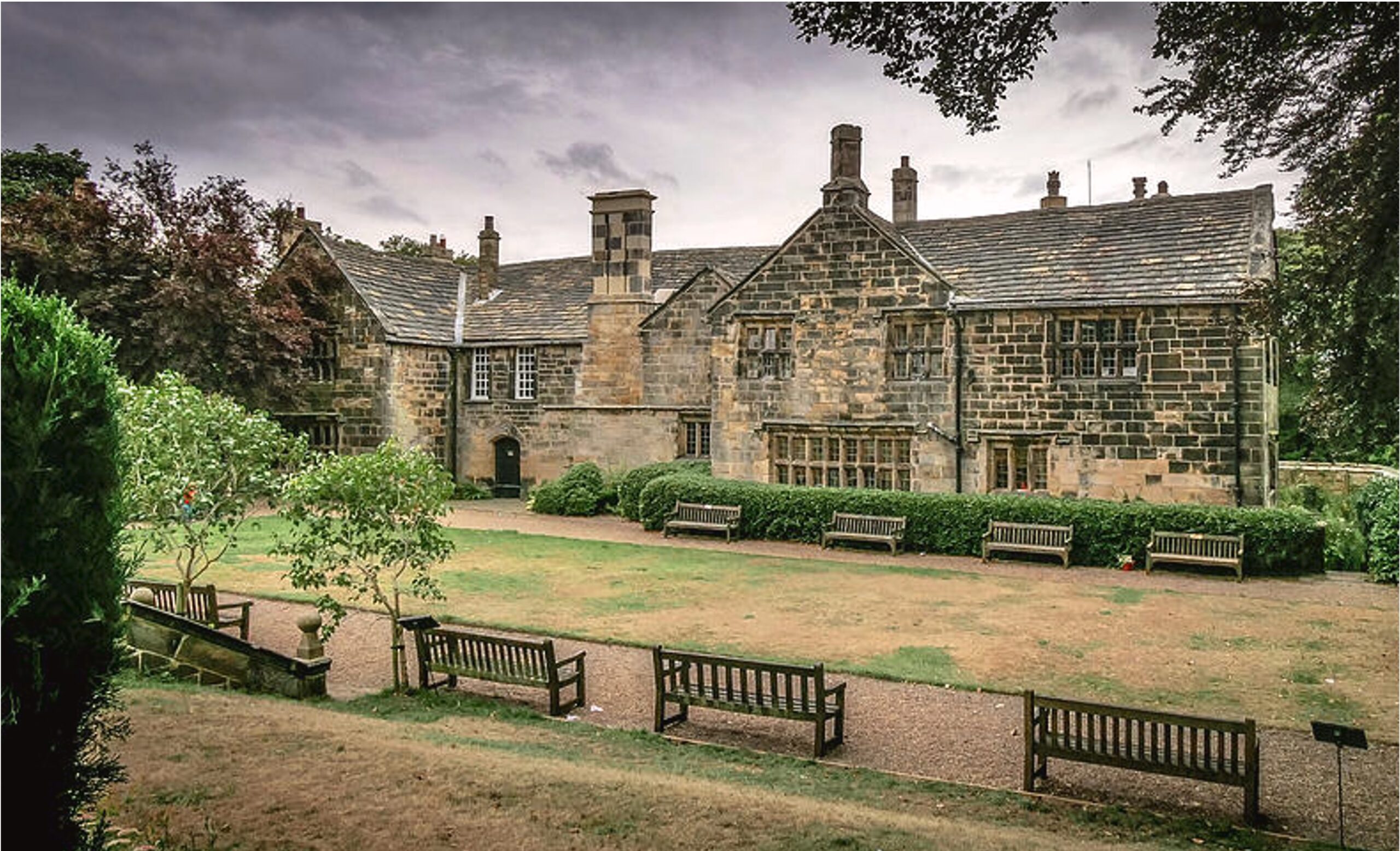
A local roving non-conformist minister and gossipy diarist, the Rev. Oliver Heywood, gives more snippets of information about William Batt’s death. In his vellum book, which contained a register of various baptism, marriage and burial events, he noted in the burials section: 398 Mr Bat: in sport. 1684
Another publication of the Rev. Heywood’s varied documents has a further notation of the burial containing more details. No year is indicated but the entry is clearly referring to the death of William Batt: Mr. Bat of Okewell a young man slain by Mr. Gream at Barne(t) near London buried at Burstall Dec. 30.
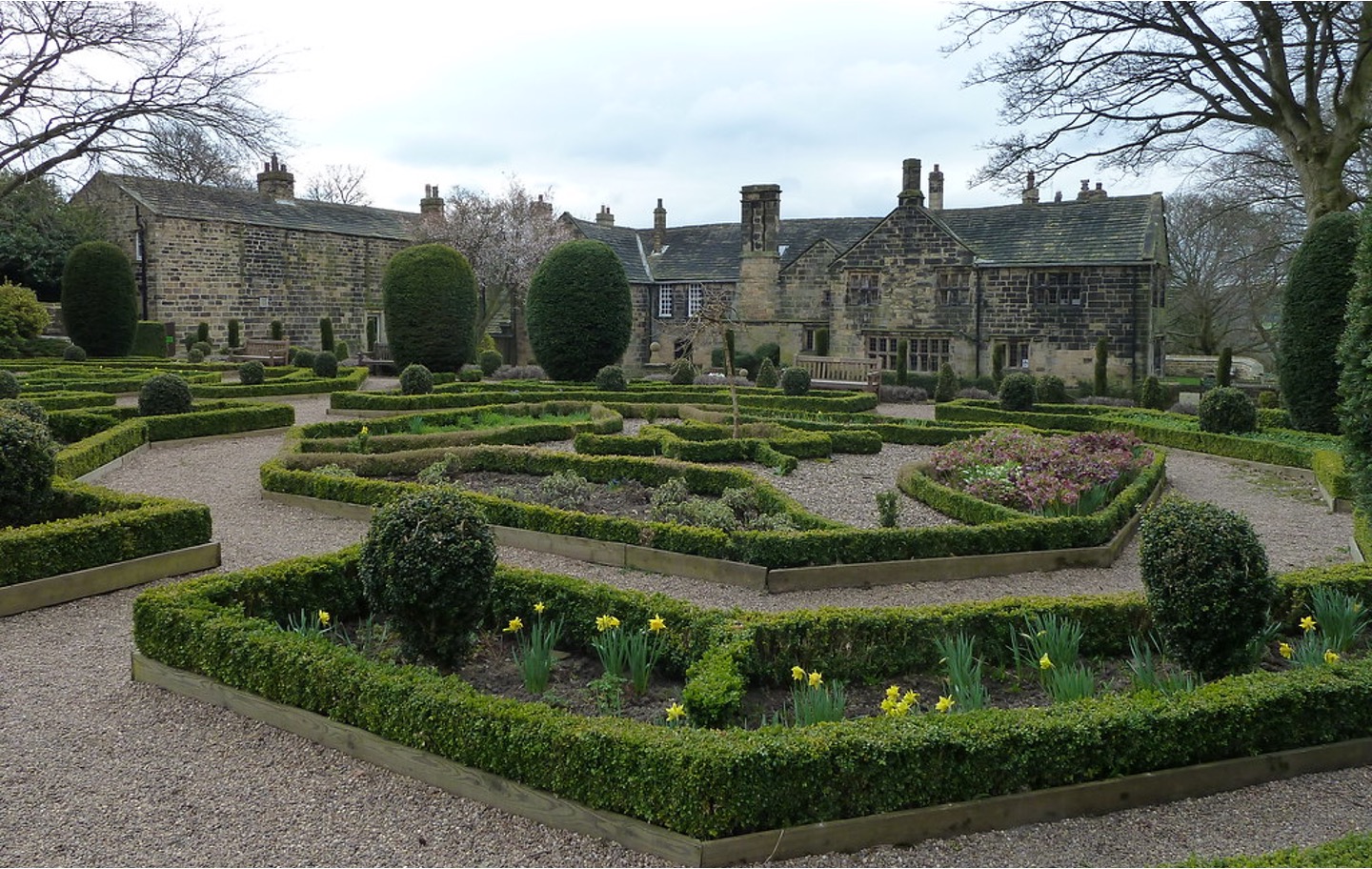
Other sources indicate the duel was the result of a debt, possibly related to gambling. And, although William Batt’s ghost has associations with ‘Bloody Lane,’ this footpath does not owe its name to him. ‘Bloody Lane,’ or Warrens Lane (now Warren Lane) to give it its proper name, earned its gruesome nickname as a result of the English Civil War Battle of Adwalton Moor of 30 June 1643. This was the likely route the defeated, fleeing Parliamentarian troops took to leave the battlefield.
Who knows whether the tale of William Batt’s spirit returning home is true? But it is as tale which has been passed down through the generations, and it is one still told today to Oakwell Hall visitors.